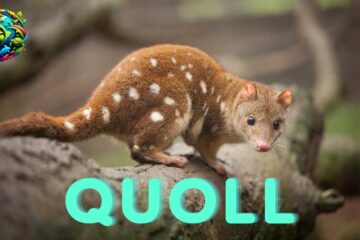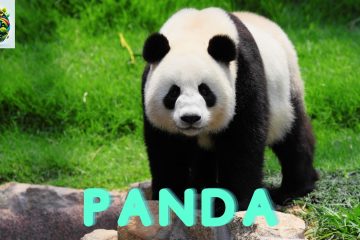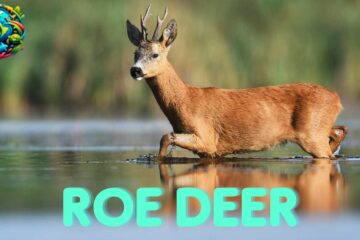Saltwater Crocodile: Master of the Mangroves
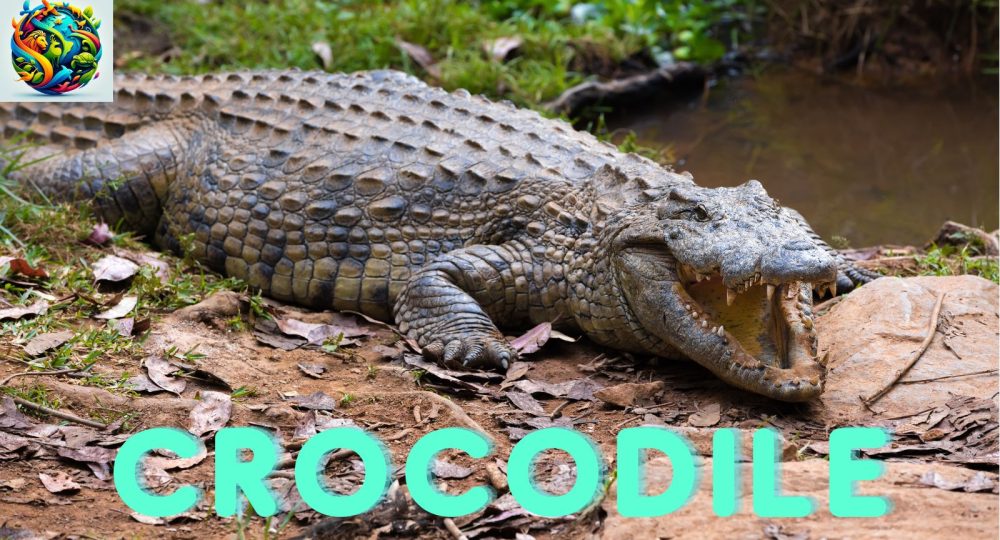
Saltwater Crocodile: Master of the Mangroves
The Saltwater Crocodile (Crocodylus porosus), often referred to as the “salty,” reigns as the largest living reptile on Earth, commanding awe and respect across its range. Found in the coastal waters of Southeast Asia and Australia, these apex predators are a testament to the resilience and adaptability of ancient species. This article embarks on a deep dive into the life of the saltwater crocodile, uncovering its ecological importance, the challenges it faces in the modern world, and the conservation efforts critical to its survival.
The Majesty of Saltwater Crocodiles
Physical Description
Saltwater crocodiles are formidable creatures, with adult males reaching lengths of up to 7 meters (23 feet) and weighing over 1,000 kilograms (2,200 pounds). Their robust bodies, armored with thick, bony plates and equipped with powerful jaws capable of delivering the highest bite force of any living animal, are perfectly adapted for a life of predation. The dark, rugged scales camouflage them within the murky waters of their habitat, making them efficient ambush predators.
Size and Weight
The sheer size and weight of the saltwater crocodile distinguish it from other crocodilian species, enabling it to tackle prey ranging from fish to large mammals like water buffaloes. This size advantage not only places them at the top of the food chain but also influences their territorial behavior and mating success, with larger males dominating prime habitats and attracting more females.
Habitat and Distribution
Geographical Range
The Saltwater Crocodile’s range spans from the eastern coast of India, throughout Southeast Asia, and down to the northern regions of Australia. This wide distribution is facilitated by the crocodile’s tolerance for salinity, allowing it to venture into the open sea and colonize islands, a unique capability among crocodilians.
Preferred Habitats
Saltwater crocodiles thrive in a variety of aquatic environments, from freshwater rivers and swamps to coastal estuaries and mangrove forests. These habitats provide the necessary resources for their survival, including ample food, nesting sites, and basking areas. The mangrove forests, in particular, offer a complex, intertidal ecosystem that supports a rich biodiversity, including the saltwater crocodile.
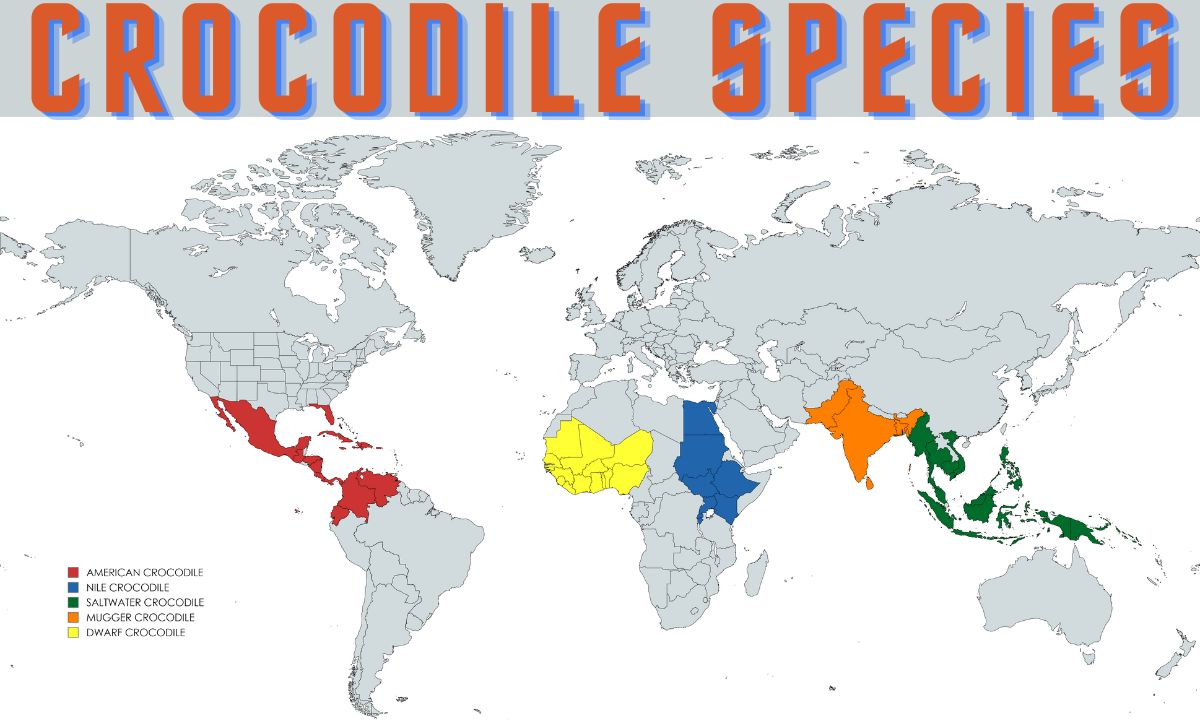
Dwarf Crocodile Nile Crocodile Mugger Crocodile American Crocodile
Diet and Hunting Techniques
What They Eat
The diet of the saltwater crocodile is as vast as its habitat, encompassing fish, crustaceans, birds, and mammals. Their opportunistic feeding strategy allows them to take advantage of a wide range of prey, demonstrating their adaptability and role in maintaining ecological balance by controlling prey populations.
Hunting Strategies and Techniques
Saltwater crocodiles are strategic hunters, utilizing the element of surprise to capture their prey. They can remain submerged and motionless for hours, waiting for an unsuspecting animal to approach the water. With explosive speed, they lunge from the water, grasping their prey with their powerful jaws and dragging it underwater to drown.
Reproduction and Lifespan
Mating Rituals
The mating season of the saltwater crocodile is marked by intense competition among males, who vie for the attention of females through displays of strength and dominance. These rituals include loud bellowing, water slapping, and physical combat, with the victors winning the right to mate.
Incubation and Hatchling Survival
Female saltwater crocodiles exhibit remarkable maternal care, meticulously constructing nests to lay their eggs and vigilantly guarding them against predators. Upon hatching, the young crocodiles face numerous predators, but maternal guidance during their early days increases their chances of survival. This nurturing behavior underscores the critical role of mothers in the continuation of the species.
Conservation Status
Threats to Survival
Despite their dominance as apex predators, saltwater crocodiles face threats from habitat destruction, pollution, and illegal hunting for their skins. The loss of nesting sites to coastal development and the degradation of water quality pose significant challenges to their reproduction and overall health.
Conservation Efforts
Conservation efforts for the saltwater crocodile include habitat protection, anti-poaching measures, and public education campaigns aimed at reducing human-crocodile conflicts. Protected areas and wildlife reserves have been established in several countries, providing safe havens for these crocodiles to thrive. Research and monitoring programs contribute to our understanding of their ecology, inform conservation strategies, and ensure the species’ long-term survival.
Conclusion
The saltwater crocodile is an incredible survivor, having adapted to changes in its environment over millions of years. Its presence in the coastal ecosystems of Asia and Australia is a symbol of wild, untamed nature and a reminder of the intricate connections within these habitats. By continuing to support conservation efforts, we can ensure that the saltwater crocodile remains a vital part of these ecosystems, maintaining the balance of nature and inspiring future generations with its ancient majesty.

